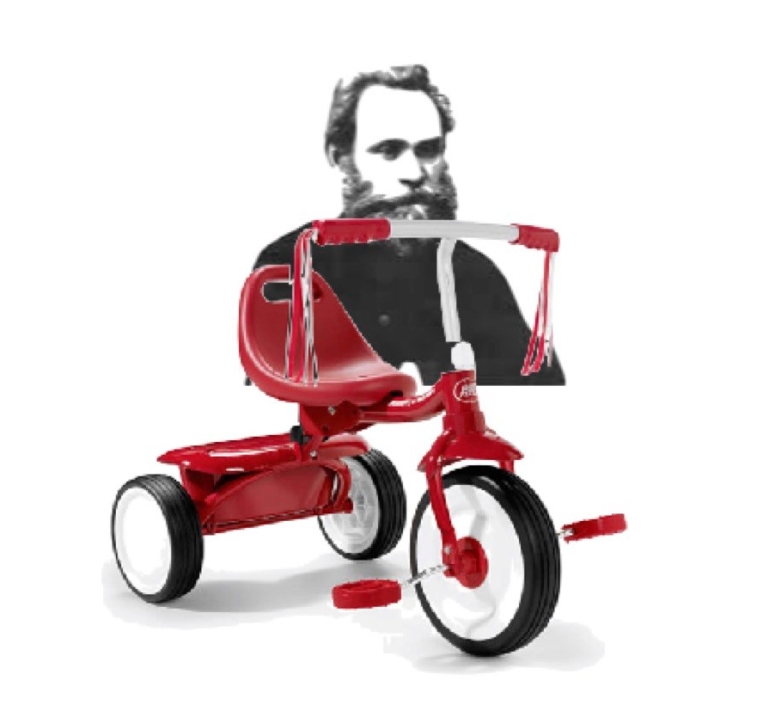If you’ve been to one of my Muzzle Up! seminars, you’ll be familiar with the following content. If you’ve yet to attend one, get ready for some important information on how muzzle training can easily slip from competent to coercive.
First, a bit about my training approach and why I train the way I do. I work a lot with fearful dogs. And, not coincidentally, many dogs that need muzzle training come with pre-existing fears about their world. When dogs are afraid, nothing else matters. When the fight-flight-freeze system kicks in, a dog’s ability for more complex cognitive functioning is minimal. This is why asking a petrified dog to “sit-stay” or come when called often goes awry: just like it’s challenging for us to do our taxes while having a panic attack, it’s challenging for dogs to respond to operant cues when their bodies and brains are responding to a fearful stimulus.
As I’ve written in previous blog posts, if I could give fearful dog owners one training mantra to carry with them at all times, it would be this: “I will do everything I can to help my dog feel safe in a chaotic world.” This is equally pertinent when it comes to muzzle training. After all, one of the worst things we as humans can do to a fearful dog is introduce yet another fear-inducing stimulus or training tool into an already stressful environment.
Fortunately, we can train dogs to love their muzzles. The Muzzle Up! Project has been promoting the benefits of criteria-based, force-free muzzle training plans since its launch back in 2012. But herein lies the nuance: If we forget about that all-important mantra to keep our dogs feeling safe, and move to quickly into getting behaviors and pushing further into training plans, well-intended muzzle training can cause problems.
When good training goes bad
Animals learn two ways: via association (Pavlov and classical conditioning) and via consequences (Skinner and operant conditioning). While both coexist during a training session (and in a dog’s interaction with the environment), when we’re training, either Skinner or Pavlov is in the driver’s seat.

If Pavlov is in the driver’s seat, the dog doesn’t have to do any behavior in order to get reinforcement. The dog simply has to be aware of a stimulus in the environment. A stimulus appears, followed by a high-value food item like tripe. The same stimulus appears, again followed by tripe. And so forth. If done correctly, dogs realize the stimulus is a tip-off to tripe, and voila, dogs develop a positive emotional response to a previously scary thing. Before focusing on any behaviors, we need to use classical conditioning to change dogs’ emotional states in the presence of stimuli they perceive as dangerous. This includes muzzles and all the parameters that come with wearing a muzzle.
It’s easy to get classical conditioning wrong, because as a society we ourselves are conditioned to ask dogs for behaviors, and then respond with consequences to those behaviors. But for classical conditioning to work effectively, dogs must realize their triggers are sure-fire, no-holds-barred, no-fail tip-offs to high-value rewards. If we impose conditions on that reward – ‘you must sit and look at me for two seconds,’ or ‘you must heel at my side to receive a treat, even if you’re really scared’ – we create confusion. We weaken the strong association between stimulus and positive event needed to successfully change dogs’ emotions. In other words, if you’re doing classical conditioning, make sure Pavlov is firmly in the driver’s seat.

Often, I’ll see trainers and guardians jump to an operant procedure too quickly. Or, they forget to check in during training to make sure that the dog’s positive association to the muzzle hasn’t eroded over time. (I like to call this the “yippee!” check; when presented with the muzzle, does the dog still give a “yippee!!” response?) If you switch to operant conditioning, wherein Skinner is in the driver’s seat, it’s imperative to ensure that Pavlov is still along for the ride. If not, you risk pushing ahead with training when a dog isn’t yet ready, isn’t feeling completely comfortable, isn’t going “yippee!” anymore when the muzzle appears. And this is where good training goes bad.

Think of it as Pavlov trying to catch up via tricycle while Skinner blazes ahead. You may be doing everything correctly from an operant perspective, but that all-important classical conditioning is getting left behind in the dust.
The importance of thresholds in muzzle training
A common phrase among force-free training circles is “keep the dog under threshold.” Whether Pavlov is in the driver’s seat, or in the sidecar alongside Skinner, it’s critical that the dog is under threshold. Under threshold means no fear.
It doesn’t mean dog is mostly fine.
It doesn’t mean dog is nervous but hanging in there.
It doesn’t mean dog is shut down.
It means dog is under the threshold which things become uncomfortable and the sympathetic nervous system kicks in with fight, flight, freeze.
In other words …
No fear.
If you see any signs of fear during your muzzle training plan, take a step back and answer the following questions:
- Who’s driving this training plan? (Skinner or Pavlov?)
- Is Pavlov along for the ride, or has he been left behind?
Once figuring out those two questions, revisit and reassess your training plan, and ensure that you adjust your criteria steps to ensure the dog is feeling safe and comfortable at each stage of the muzzle training process. Then, you’ll ensure Pavlov is indeed in the sidecar, and not left behind in a tricycle.
